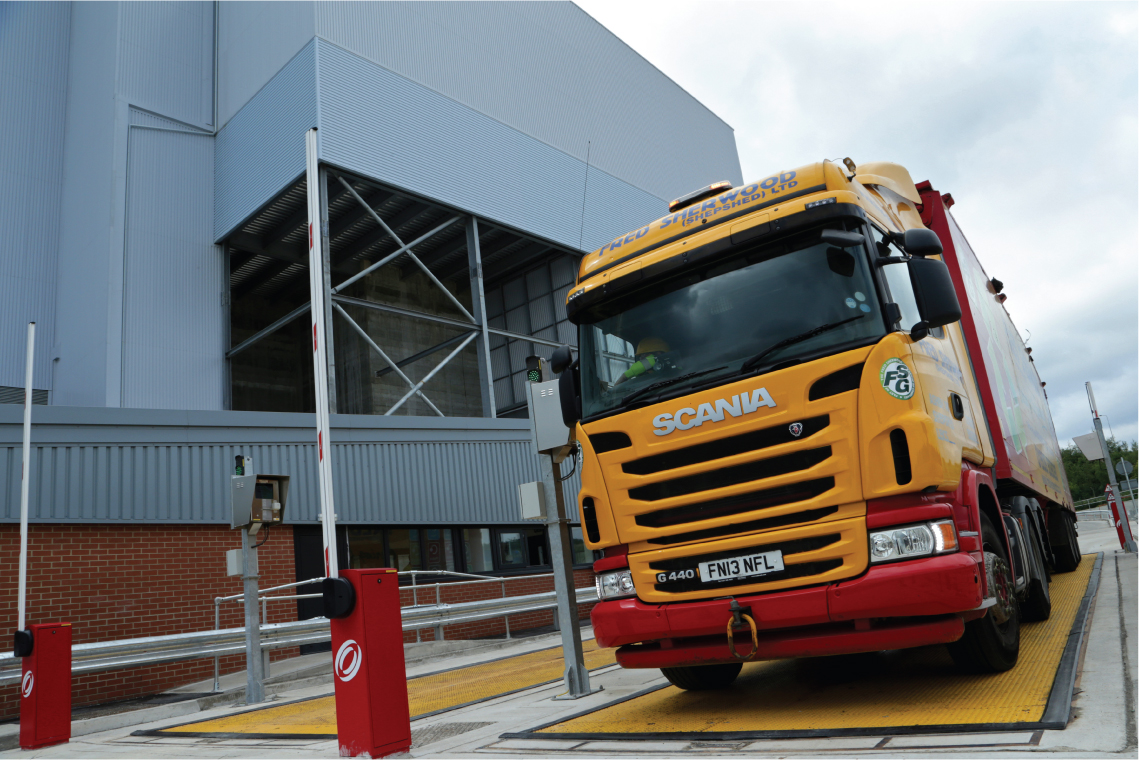Weighbridges
Ten Important Factors to Consider When Buying a Weighbridge
A weighbridge is a long term investment deserving in-depth consideration before making the final purchasing choice. Cost is always an issue, but only choosing on price will almost certainly lead to problems. So what are the key factors that should be considered? Weightron Bilanciai’s Sales Director Emlyn Roberts looks at the ten most important factors.

1) Choice of weighbridge
Deciding on the number, type, size and capacity of your weighbridge(s) is a vital part of the decision process. Seeking expert advice from the outset can save expensive changes or upgrades at some point in the future.
2) Manufacturing pedigree
Reputable weighbridge suppliers should be able to demonstrate the quality of the key components and materials used in their weighbridges, together with a documented and structured manufacturing process. For a growing number of projects, weighbridges must be CE marked to show they conform to the latest EN1090 requirements for constructional steel. This covers the traceability and quality of the steel, as well as the competence of in-house welding.
3) Key component manufacture
Weighbridge performance and long term reliability is directly linked to the quality of the key components of the measuring chain. These include the all-important load cells, junction boxes and instrumentation. There are distinct advantages if all these are designed and manufactured by one company. The load cells are considered to be one of the most important components in a weighbridge. Field data shows that stainless steel canister load cells, together with well-designed mounting hardware, provide the best long term solution. For optimum environmental sealing, load cells should meet the strictest IP69K international classification. Instrumentation must be robust.
4) Single source responsibility
There are clear indications that ‘single-source’ supply for all the key weighbridge components, including software, offers a number of long term advantages, ensuring components work seamlessly together to provide optimum performance and reliability. In parallel, modern weighbridge systems are becoming more complex and can include a wide range of peripheral equipment including traffic controls, vehicle recognition systems, driver-operated terminals and radiation detection systems. The seamless and effective integration of all these by a single supplier is very beneficial – and if there is a problem, there is only one point of contact.
5) Weighbridge service and support
Weighbridges are expected to work day-in-day-out in some of the harshest environments. It is therefore essential that they are regularly serviced and maintained. The ability for suppliers to provide full nationwide service and support coverage, via trained and qualified engineers, ensures your weighbridge system will continue to operate efficiently and accurately. Setting up a structured tailor-made service agreement from the outset will provide essential cover for all key weighbridge components and software.
6) Weighbridge software and data management
This is one of the most important parts of a weighbridge system and can be a weak link if not adequately defined via a Functional Design Specification (FDS) document. Effective weighbridge software not only manages the complete weighing process and data capture, but should also provide the all-important link with recognised management software systems such as SAP, Sage and Navision.
7) Future proof designs
However well-defined a weighbridge system is, there may well be operational changes that require modifications at some time in the future. Working with a reputable supplier, who designs and manufactures key components and writes the software, will ensure any upgrades to instrumentation and software can be carried out without unnecessary redundancy.
8) Calibration
Inaccurate weighbridges are illegal and can cost you money through lost revenue or damaged customer relations. As a result, weighbridges need to be checked for calibration on a regular basis. In addition, if key components are replaced, re-verification is required. Working with a company that is certified for the self-verification of weighbridges and operates their own test weight vehicles, ensures your weighbridge calibration can be re-verified quickly and efficiently, minimising any downtime.
9) Third-party references
Third-party references from existing users provide strong testimonies to the capabilities of a weighbridge supplier.
and last but not least……
10) Cost of ownership
This may be considered an over-used or even outdated term, but it is still very relevant when it comes to weighbridges. Initial low-cost weighbridge solutions will soon become expensive problems in terms of downtime, unwanted repairs and replacement. Potential purchasers should consider all the important factors and seek expert advice before making a choice on which weighbridge system to buy.
As one of Europe’s leading suppliers of weighbridges, weighbridge systems and weighbridge software solutions, Weightron Bilanciai are first choice when it comes to weighbridges. Contact one of our friendly team members today to find out more about our services, or book your free site survey today.